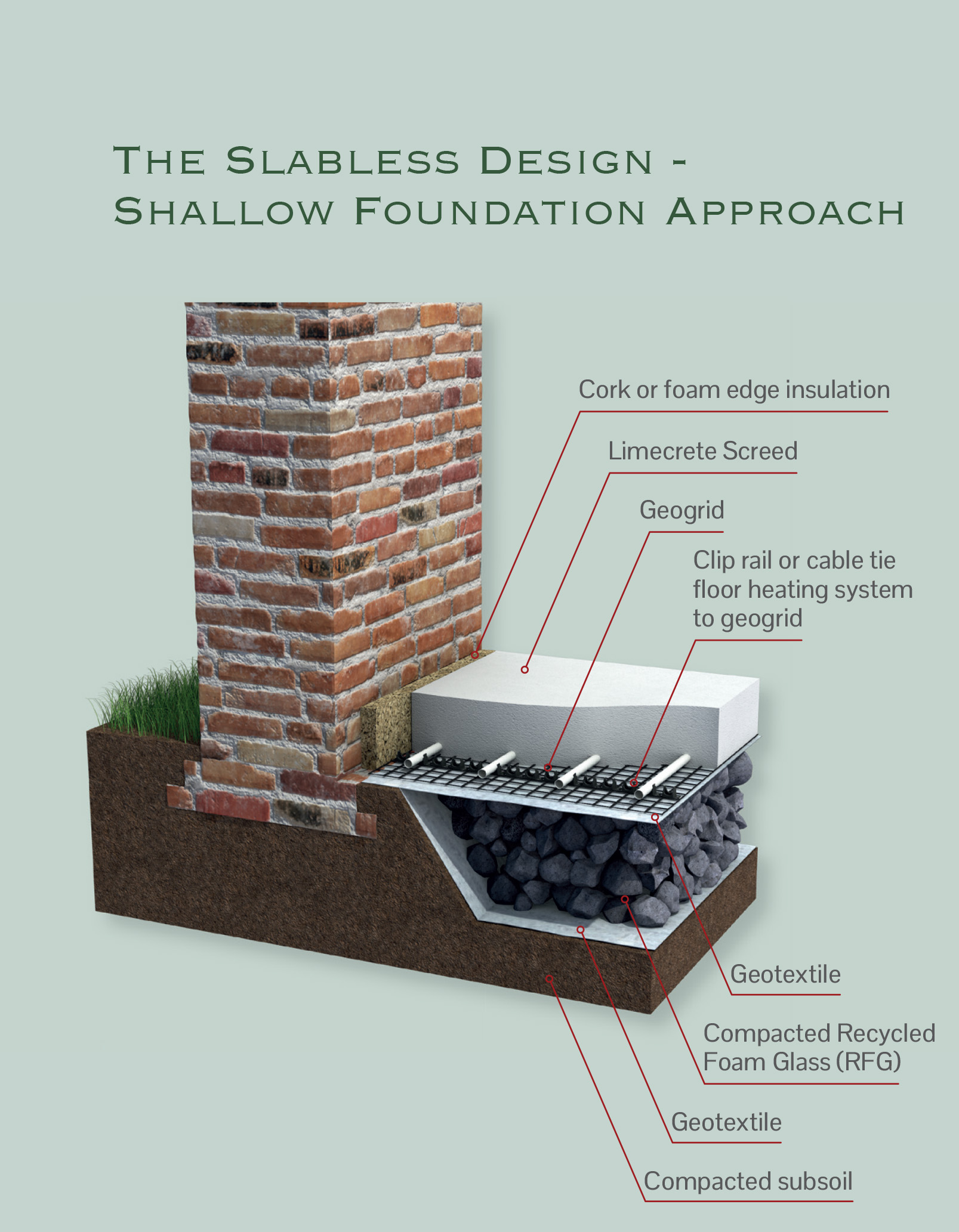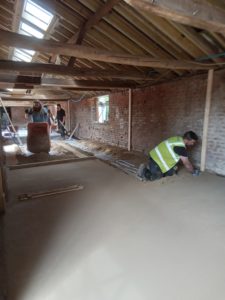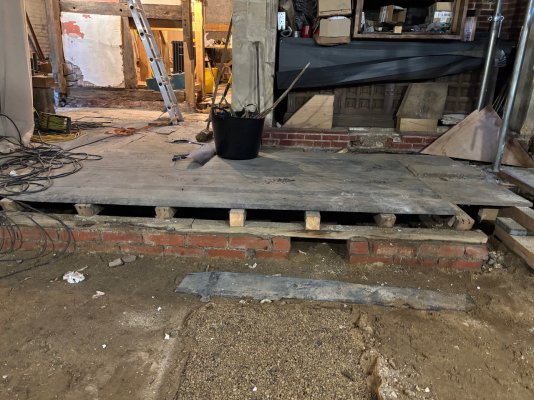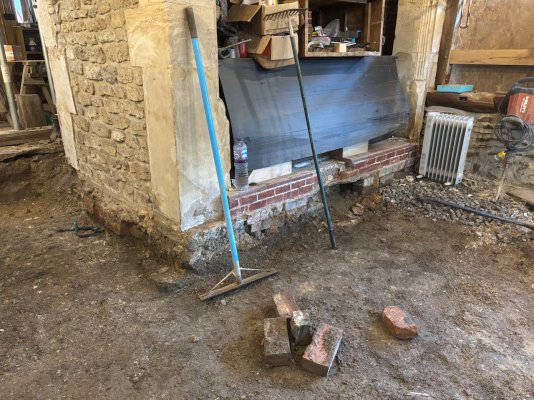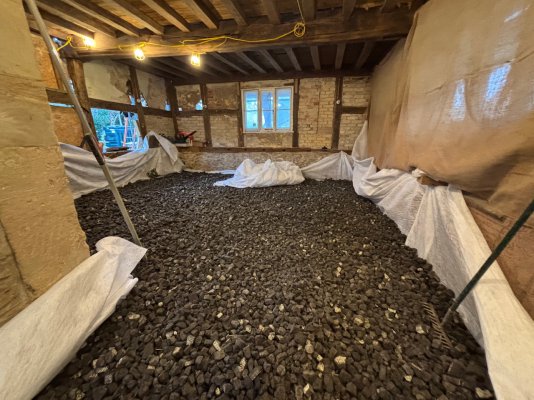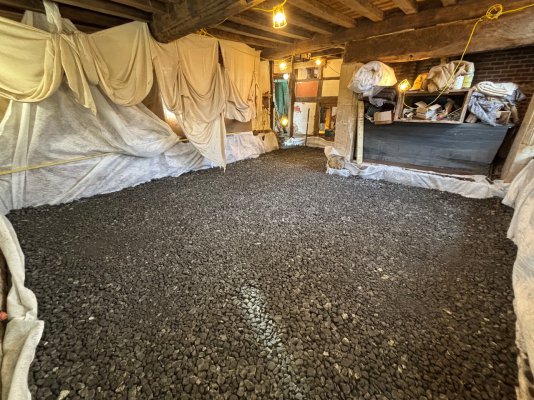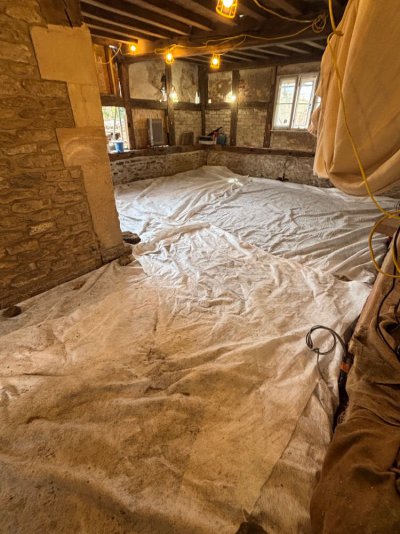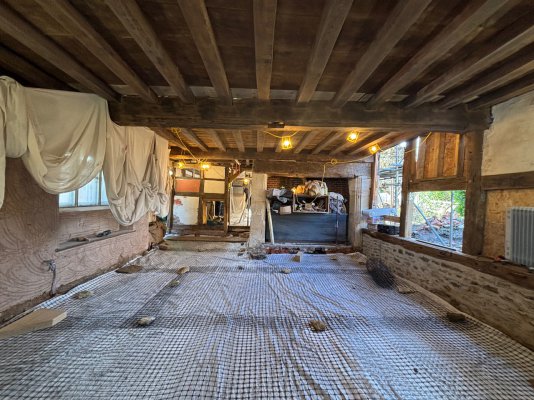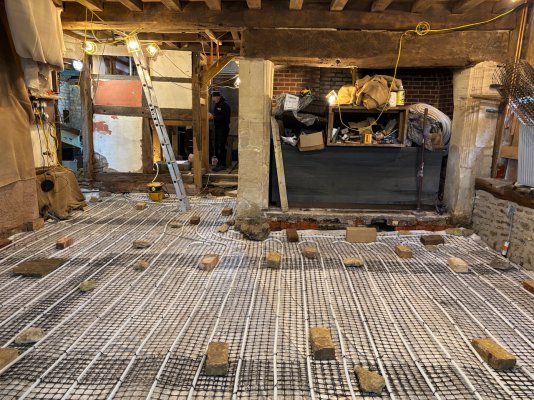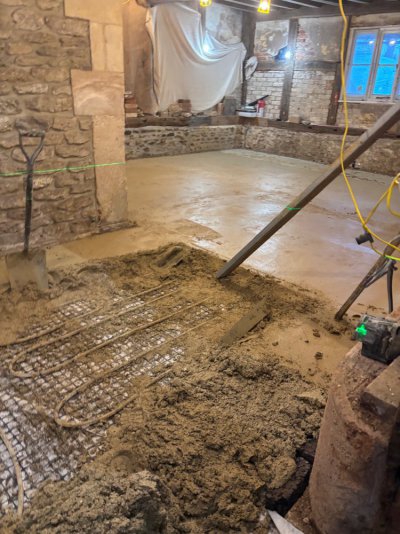FightingTheDamp
Member
- Messages
- 3
- Location
- Lake District
We are renovating a very damp cottage in the Lake District. The sources of damp are many and varied, and we’re trying to deal with all of them. The big ones are a new roof, stripping off failing cement render & re-rendering in lime. The thing I’m not sure about is the floors. Some of the ground floor has (uninsulated) poured cement floors. Predictably, you can see that this has forced some damp up into the neighbouring walls (even the internal ones).
In an ideal world, we would dig this all up, lay vapour permeable insulation, lime screed with underfloor heating, and then tiles with lime mortar as grout over the top. This would be warm and vapour permeable. BUT the foundations appear to be very shallow. So I’m nervous about digging down and destabilising the wall. As with most cottages, the ceilings are low, so we can’t steal depth upwards either.
Perhaps once we have the rest of the damp issues addressed, and the house is well heated, we might get away with non permeable floors? Or do you think we absolutely need to get rid of that concrete, in which case, how can we have a permeable floor that’s not freezing that doesn’t need much depth?
In an ideal world, we would dig this all up, lay vapour permeable insulation, lime screed with underfloor heating, and then tiles with lime mortar as grout over the top. This would be warm and vapour permeable. BUT the foundations appear to be very shallow. So I’m nervous about digging down and destabilising the wall. As with most cottages, the ceilings are low, so we can’t steal depth upwards either.
Perhaps once we have the rest of the damp issues addressed, and the house is well heated, we might get away with non permeable floors? Or do you think we absolutely need to get rid of that concrete, in which case, how can we have a permeable floor that’s not freezing that doesn’t need much depth?

